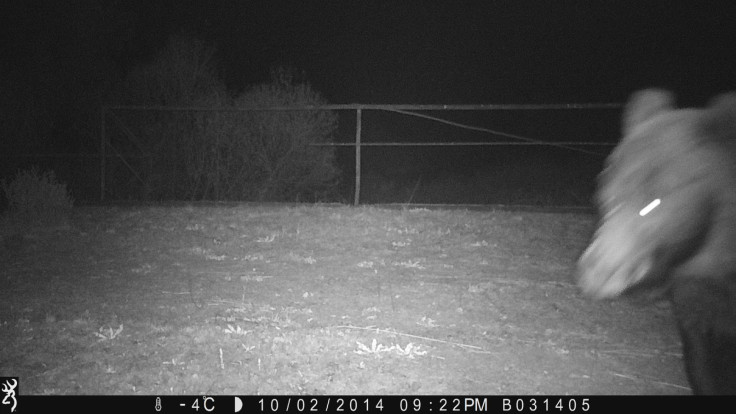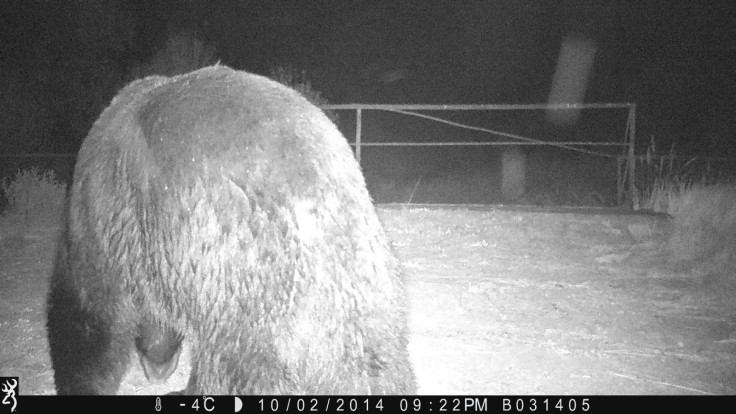Brown Bears Pictured in Chernobyl Exclusion Zone for First Time

Brown bears have been photographed in the Chernobyl Exclusion Zone for the first time with camera traps set up to assess the wildlife in the area, almost 30 years after the nuclear disaster.
Bears have not been seen in this area for over a century, so researchers were surprised to find the first images of the bears when they checked the traps.
According to the BBC, the cameras are part of a five-year project to monitor wildlife in the CEZ.
Fourteen cameras operate at any one time in each of the 5km radius areas and the researchers are focusing on larger mammals.
Project leader Mike Wood told the broadcaster: "Our Ukrainian colleague, Sergey Gashchak, had several of his camera traps running in one of our central areas over the past few months in order to start to get a feel for what (wildlife) was there.

"There have been suggestions that they have existed there previously but, as far as we know, no-one has got photographic evidence of one being present on the Ukrainian side of the exclusion zone.
"We are basically working on the assumption that as you move people out of the equation and human pressure and disturbance is removed, then any animals that have a corridor into the exclusion zone find they are suddenly away from the pressures and dangers presented by people."
The Chernobyl disaster of 1986 led to lethal levels of radiation. As a result, authorities set up a 30km exclusion zone that still remains in place today, as scientists continue to monitor levels of radiation from the fallout.
Wood and other scientists are looking to estimate the risk to humans and wildlife associated with radiation exposure. Because different animals have habitat and food preferences, researchers can look at how they interact with contamination.

Speaking about the camera traps, Wood said: "As you can imagine, a lot of the areas within the exclusion zone are very overgrown.
"What we have to do when we are setting up these cameras is that we have got to clear the area a bit to make it possible to get photographs of passing animals."
The project will run until the end of next year, after which researchers will select one species to target to be part of a trapping and collaring campaign.
"We will be fitting collars with GPS to these animals, and also dose-measurement technology so that we are then able to track movement over the course of a year through the exclusion zone and get a real measurement of the exact radiation exposure that these animals get."
© Copyright IBTimes 2024. All rights reserved.






